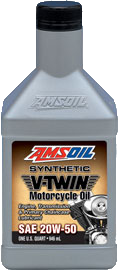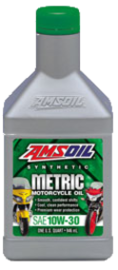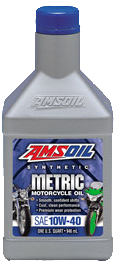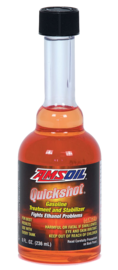INDEPENDENT DEALER
Synthetic Oil Best
New London, NH | (715) 563-4490

Use Motorcycle Oil in Your Bike for the Best Protection
Motorcycle engines and automotive engines function differently, and the lubricants that service them have different requirements. Six crucial differences between motorcycle and automotive engines are outlined below to illustrate why oil engineered for motorcycles is the best choice for your bike.
- Operational Speed: Motorcycles tend to operate at engine speeds significantly higher than automobiles. This places additional stress on engine components, increasing the need for wear protection, and subjects lubricating oils to higher loading and shear forces. Elevated operating rpm also promote foaming, which can reduce an oil’s load-carrying ability.
- Compression Ratios: Motorcycles tend to operate with higher engine compression ratios than automobiles, which places additional stress on engine components and increases engine operating temperatures, placing greater demands on motorcycle oil to reduce wear. Higher operating temperatures also promote thermal degradation of the oil, reducing its life expectancy and accelerating the formation of engine deposits.
- Horsepower/Displacement Density: Motorcycle engines typically produce more horsepower per cubic inch than automobile engines, which exposes the oil to higher temperatures and stress.
- Variable Engine Cooling: In general, automotive applications use a sophisticated water-cooling system to control engine operating temperature. Similar systems can be found in motorcycle applications, but most are air-cooled or use a combination air/oil design. Operating temperatures in air-cooled bikes can skyrocket in stop-and-go traffic, promoting oxidation and causing oil to thin, reducing their load-carrying ability.
- Multiple Lubrication Functionality: Many motorcycles have a common sump supplying oil to both the engine and transmission. In such cases, the oil is required to meet the needs of both the engine and the transmission gears. Many motorcycles also incorporate a wet clutch within the transmission that uses the same oil.
- Inactivity: Whereas automobiles are used on a daily basis, motorcycle use is usually periodic and, in many cases, seasonal. These extended periods of inactivity place additional stress on motorcycle oils. In these circumstances, rust and acid corrosion protection are of critical concern.
No matter the conditions or the bike, AMSOIL synthetic motorcycle oils deliver the premium protection and performance your bike deserves. They are designed to control oxidation and maintain viscosity at higher temperatures, promote consistent clutch feel and lengthen clutch life, reduce engine stress and control wear and deposits in high-compression, high-temperatures motorcycle applications. V-twin or metric, AMSOIL has you covered.
AMSOIL Warranty
 AMSOIL guarantees the performance of its products, so you can be confident they perform as advertised. AMSOIL introduced the world’s first API-qualified synthetic motor oil and has since introduced a full line of industry firsts. For more than 40 years, AMSOIL synthetic lubricants have proven themselves in the lab, on the racetrack and on the highway.
AMSOIL guarantees the performance of its products, so you can be confident they perform as advertised. AMSOIL introduced the world’s first API-qualified synthetic motor oil and has since introduced a full line of industry firsts. For more than 40 years, AMSOIL synthetic lubricants have proven themselves in the lab, on the racetrack and on the highway.




